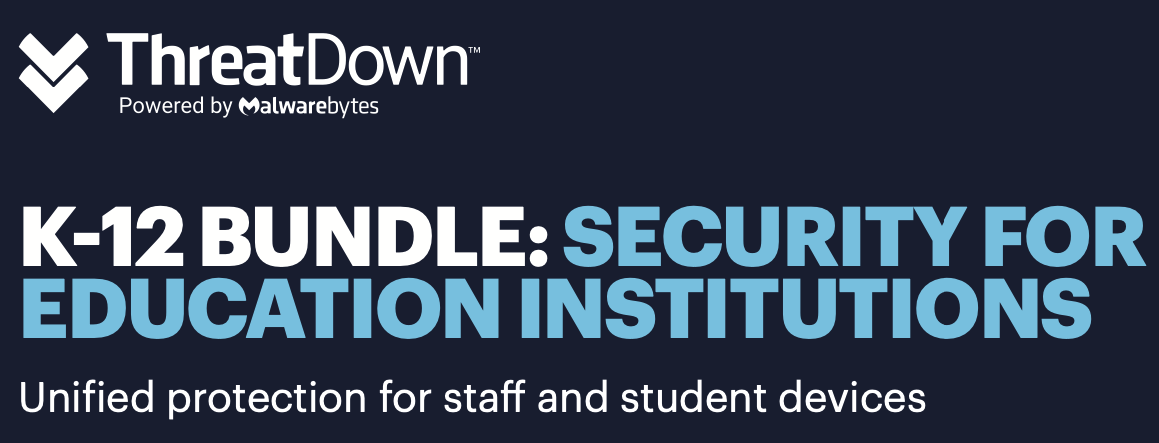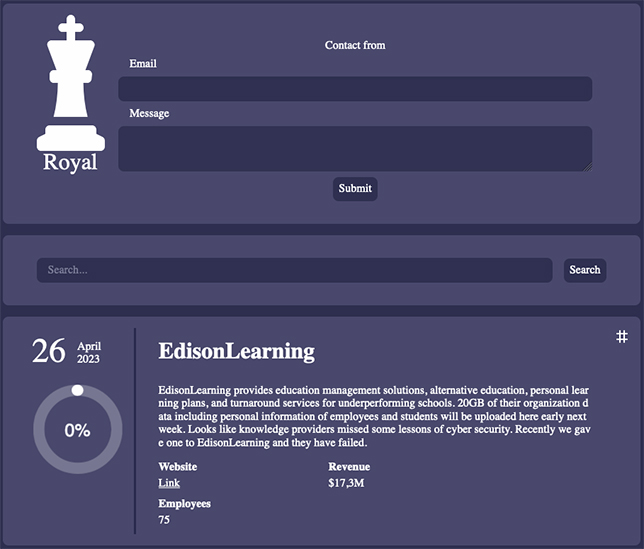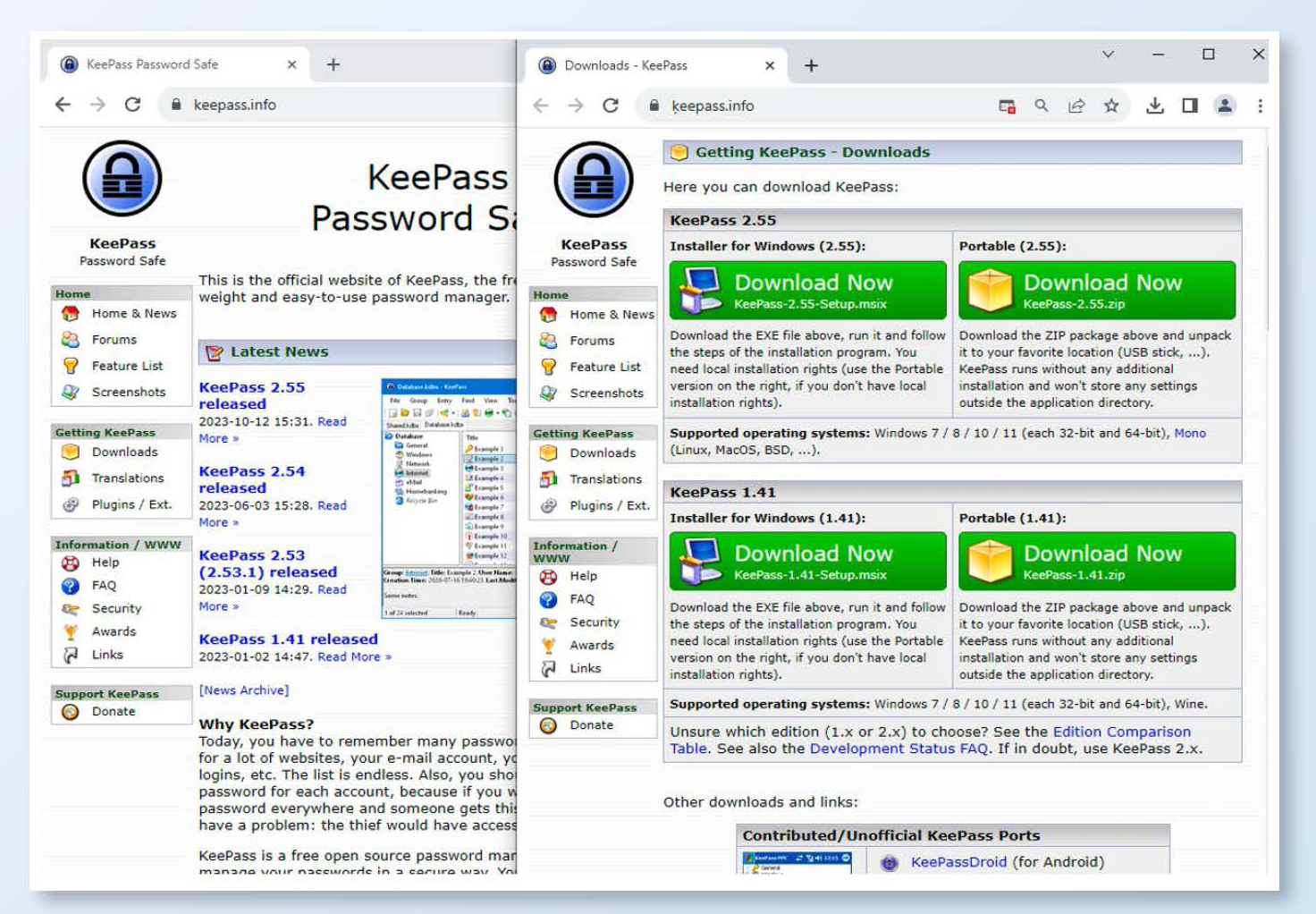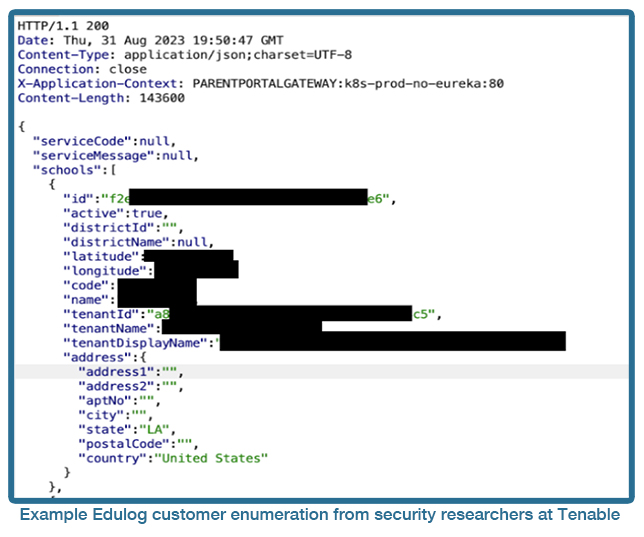
At its annual "Reimagine Education" 2024 digital conference, Microsoft Education announced several new features of its AI and security tools aimed to assist teachers and help prepare students for future careers in which AI will play a prominent part.

Cybersecurity software and services vendor Malwarebytes has launched a new unified solution for school districts called ThreatDown K–12 Bundle that is more cost-effective than piecemeal solutions, the company said in a news release.

Attorneys working with ClassAction.org are “investigating whether a class-action lawsuit can be filed” against EdisonLearning on behalf of individuals whose name and Social Security number were among files stolen during a ransomware attack in early March 2023.

Computer Technology Link (CTL) Corporation has released a new line of education Chromebooks: the NL73 series. The series is designed to deliver higher cloud computing performance in multitasking, content streaming, and application management.

Google's ChromeOS Flex operating system can help organizations stave off trashing their old hardware, the company suggested in a recent blog post.

Cloud networking company Extreme Networks has announced an expansion of federal broadband E-Rate eligible solutions for K–12 schools and public libraries.

New research from Malwarebytes ThreatDown analysts shows that 2023 was the "worst year on record" for education, with a 105% jump in known ransomware attacks targeting the sector and a 92% rise in ransomware targeting K–12 education specifically — with nearly half of those targeting U.S. school districts.
A week remains for K–12 stakeholders to submit comments on the Federal Communications Commission’s proposed 3-year, $200 million Schools and Libraries Cybersecurity Pilot Program, and so far, most comments submitted have expressed significant concerns that it is too "too small and too slow" to help public schools defend against emerging cyber threats.
Beginning in funding year 2024, K–12 school districts may use E-rate funding for school bus-based Wi-Fi, connecting students on long bus rides — and, in some districts, connecting students in homes with no internet service — just as the Emergency Connectivity Fund expires.

Security researchers said this week that API vulnerabilities in the Edulog school bus tracking platform made the names and geolocation data of 6 million student riders available to anyone, and while the vulnerability has been fixed, schools that post their Edulog sign-up code on their websites are still at risk.